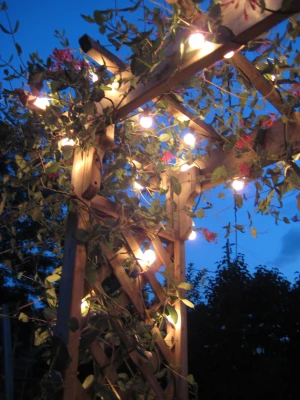It’s been a few weeks since I started my second tray of seeds. For the most part, nature is taking its course and itty bitty versions of my favorite plants have popped up. There are a few stinkers in the bunch though, a problem that vexes me year after year. Why don’t some seeds germinate?
It’s obvious that conditions are not right for the tray of impatiens I had hoped to grow. I’m not sure where I went wrong with this one. A few seeds seem to like the accommodations I’ve provided, but the vast majority do not. Maybe the starting mix is too wet, or too cold. My previous experience with starting flowers from seed was extremely successful–I grew six varieties of zinnias, they were so healthy and beautiful. This tray of impatiens is a pitiful sight.
The good news is that veggies and herbs are thriving. Thinking about the tomatoes and eggplants that these tiny plants will become makes me happy! Maybe I’ve started too many plants, but I do this in case there is any trouble. I like to have some back up plants just in case. It’s insurance. Inevitably, I’ll be searching out adoptive parents for my extra seedlings come Memorial Day.
Noticeably, eggplant and pepper seeds are taking longer than the others. I hope they come up just fine in the next few days. I’m trying to keep them warm by putting them on the heat vent at night. They are getting plenty of warmth from the sun during the day. I’ve never had a problem with these in the past, so I’m expecting them to pop up eventually.
So what’s the next step? Well, this weekend I will be transplanting some lettuces and spinach into pots outside. If we are threatened with hard frosts I can always haul the pots inside or cover with a blanket.
I have begun planting seeds outside. This week my son and I put in the peas and arugula. I hope to have the head lettuce and radishes in by the weekend as well. It’s still cold at night here, but not too cold for these types of seeds. They even like the cold.
Our weather in Southeastern Wisconsin has been cool, damp and rather dismal. It’s to be expected, but I long for one of those freakishly warm April days that are just right for working outside and getting that first touch of sun on my white wintry skin. Wouldn’t some warm sun feel good about now? I think my plants would agree.
I’ve been taking my rosemary and lemon tree outside during the day. They’ll need a few weeks of this to adjust to outdoor conditions. The lemon tree has set some new buds and I’m hoping that taking it outdoors will toughen it up enough to hold onto those buds rather than dropping them like the last set. In a few weeks I will pot it up to the next size of pot and add organic fruit fertilizer to the mix. With any luck it might produce a lemon or two this year. Now if I could just get some bees to come back to my yard to take care of pollinization–that lemon tree’d be all set!
I’ve always enjoyed videos that show how a seed grows (thanks to my 80’s childhood watching Sesame Street I’m sure) so here is a link to a nice example from Nova: Teachers’ Domain: From Seed to Flower.
It’s the beginning of an exciting time of year for me. A time of hope and expectation, a time for work and play. It’s off to a good start!











































